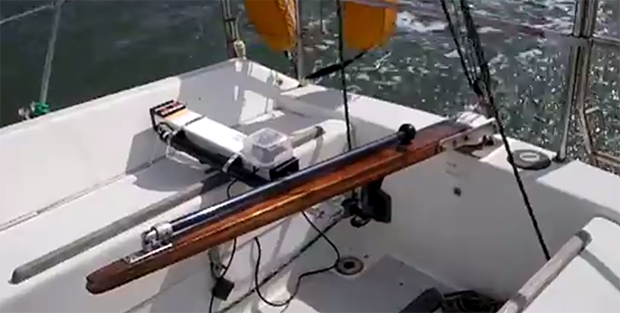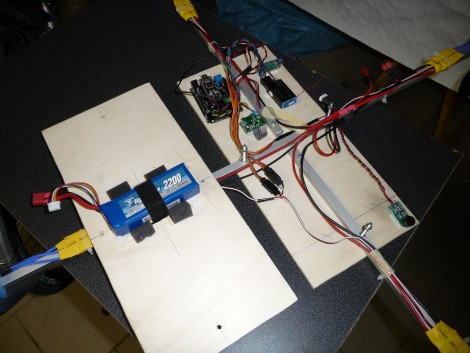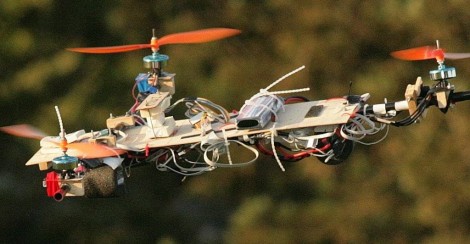
After seeing an autopilot for a kayak a few days ago, [Mike] thought he should send in his version of a water-borne autopilot. Compared to something that fits in a one-man kayak, [Mike]’s creation is a monstrous device, able to keep a largeish sailboat on a constant heading.
To keep track of the ship’s bearing, [Mike] is using a very cool digital compass that uses LEDs to keep a steady heading. Also included is an amazingly professional and very expensive 6 axis IMU. To actually steer the ship, [Mike] is using a linear actuator attached to the tiller powered by a huge 60 Amp motor controller. The actuator only draws about 750 mA, but if [Mike] ever needs an autopilot for a container ship or super tanker, the power is right there.
For control, [Mike] ended up using an Arduino, 16-button keypad, and an LCD display. With this, he can put his autopilot into idle, calibration, and run modes, as well as changing the ship’s heading by 1, 10, and 100 degrees port or starboard.
From a day of sailing, [Mike] can safely say his autopilot works very well. It’s able to keep a constant heading going downwind, and even has enough smarts to tack upwind.
Videos below.















